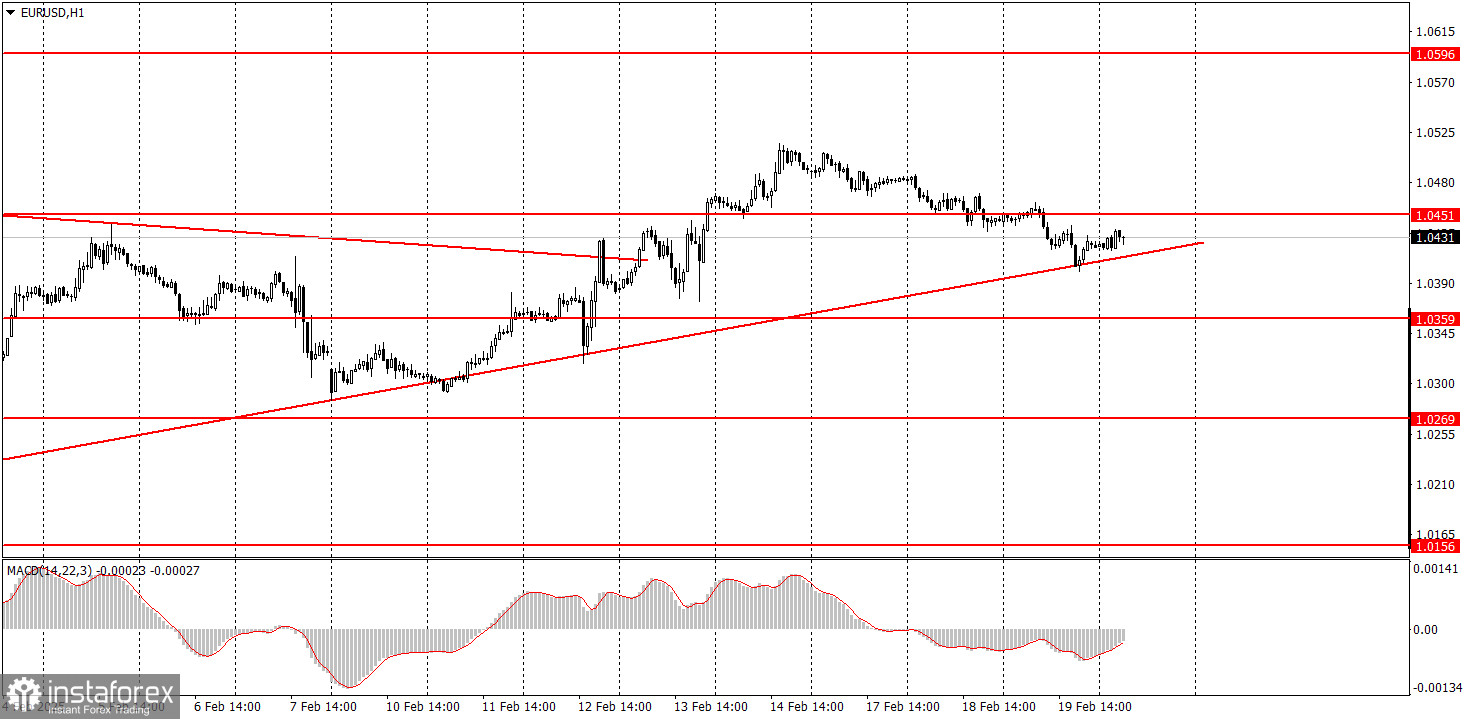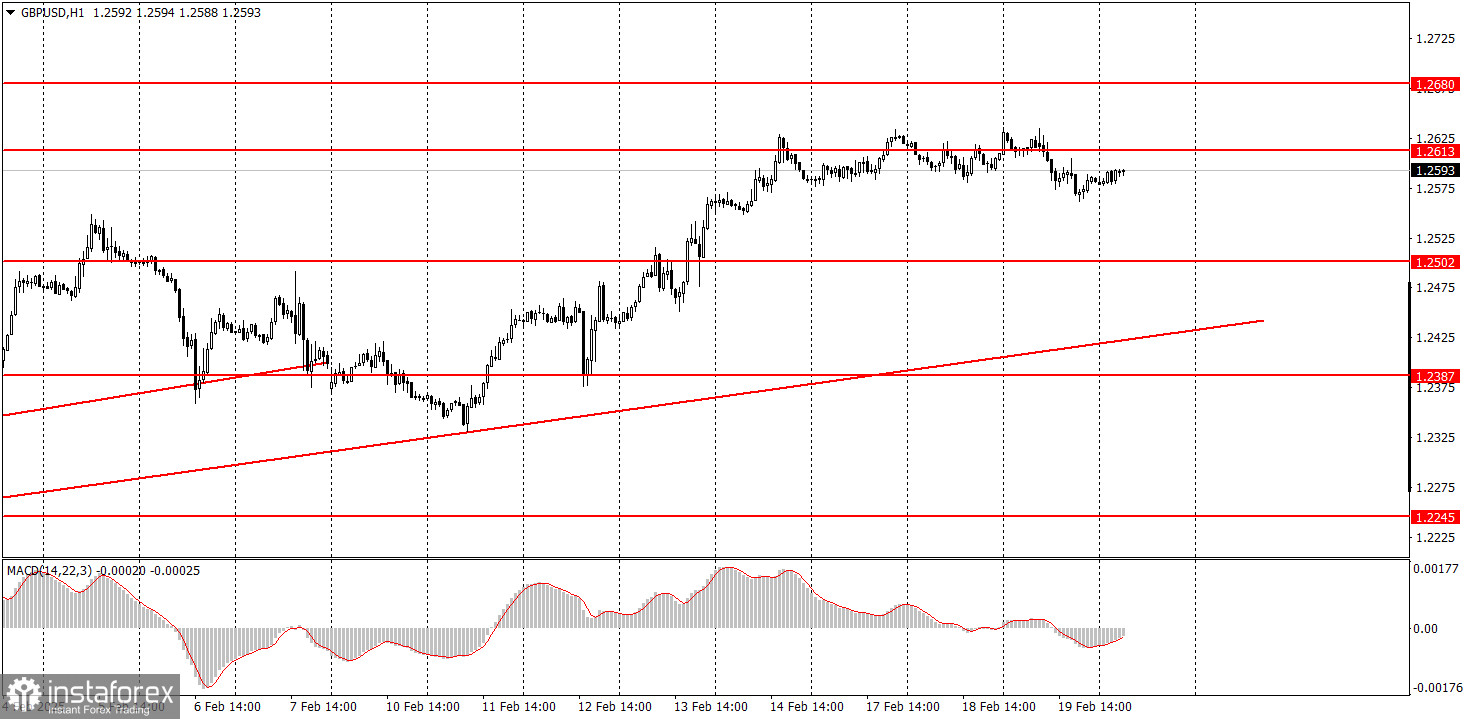Analysis of Macroeconomic Reports:

There are very few macroeconomic events scheduled for Thursday. In the past three days, various reports have been released intermittently, but they have had virtually no impact on the British pound, euro, or US dollar. As a result, little is expected from the only major report on US jobless claims today. Additionally, there will be a few minor reports, including the Producer Price Index (PPI) in Germany and the Consumer Confidence Index in the Eurozone, but these are unlikely to affect the movements of either currency pair.
Analysis of Fundamental Events:

On Thursday, we can expect speeches from several Federal Reserve officials: Goolsbee, Barr, Musalem, and Kugler. However, as previously mentioned, the Federal Reserve's position is already well-established and understood. It is unlikely that these officials will provide any new insights to the market. The same goes for Bundesbank President Joachim Nagel's speech.
General Conclusions:
On the second-to-last trading day of the week, we should anticipate weak, measured movements without a clear direction. If the market was unable to find a reason to trade more vigorously on Tuesday and Wednesday, there is even less reason to expect significant movement today. While it doesn't mean that movements won't occur with absolute certainty, the likelihood of seeing anything noteworthy is much lower than it was on Monday, Tuesday, and Wednesday.
Key Rules for the Trading System:
- Signal Strength: The shorter the time it takes for a signal to form (a rebound or breakout), the stronger the signal.
- False Signals: If two or more trades near a level result in false signals, subsequent signals from that level should be ignored.
- Flat Markets: In flat conditions, pairs may generate many false signals or none at all. It's better to stop trading at the first signs of a flat market.
- Trading Hours: Open trades between the start of the European session and the middle of the US session, then manually close all trades.
- MACD Signals: On the hourly timeframe, trade MACD signals only during periods of good volatility and a clear trend confirmed by trendlines or trend channels.
- Close Levels: If two levels are too close (5–20 pips apart), treat them as a support or resistance zone.
- Stop Loss: Set a Stop Loss to breakeven after the price moves 15–20 pips in the desired direction.
Key Chart Elements:
Support and Resistance Levels: These are target levels for opening or closing positions and can also serve as points for placing Take Profit orders.
Red Lines: Channels or trendlines indicating the current trend and the preferred direction for trading.
MACD Indicator (14,22,3): A histogram and signal line used as a supplementary source of trading signals.
Important speeches and reports, which are consistently featured in the news calendar, can significantly influence the movement of a currency pair. Therefore, during their release, it is advisable to trade with caution or consider exiting the market to avoid potential sharp price reversals against the prior trend.
Beginners in the Forex market should understand that not every transaction will be profitable. Developing a clear trading strategy and practicing effective money management are crucial for achieving long-term success in trading.





















